Make your own tie-dye clothing with these hacks and a natural vegetable dye recipe
The retro style is back for summer.
Want to add a fun pop of color to your summer wardrobe?
You're not alone: Search interest in tie-dying is up, according to Google, which found searches for tie-dying-related topics spiked 5,000% last month.
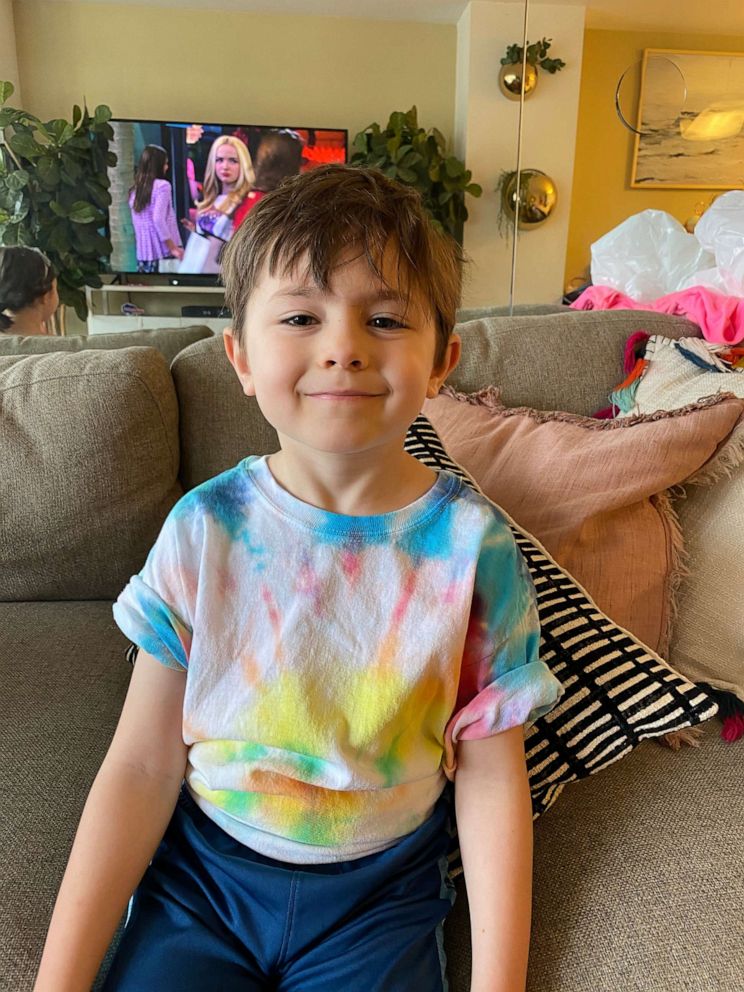
That means the easy, DIY fashion statement is making a comeback -- just in time for the warmer months.
Parents, this no-iron dryer hack might literally change your life
Whether it's a fun family project or a way to upgrade your closet without breaking the bank, Lori Bergamotto, the style director of Good Housekeeping, gave "Good Morning America" her tips for how to embrace the colorful trend.
1. Use a tie-dye kit
What you'll need:
White cotton T-shirts
Tie-dye kit
How to do it:
If you're a beginner, a kit is a great way to get started because it really does have everything you need, including dyes in squirt bottles, thick rubber bands, plastic gloves and a table cover.
A kit is a particularly great if you have kids, because it's self-contained and really intuitive. "Even my 6-year-old felt confident using it," Bergamotto said. Using a kit is also an easy way to craft with kids and teach them some beginner art techniques, such as how to make patterns and shapes.
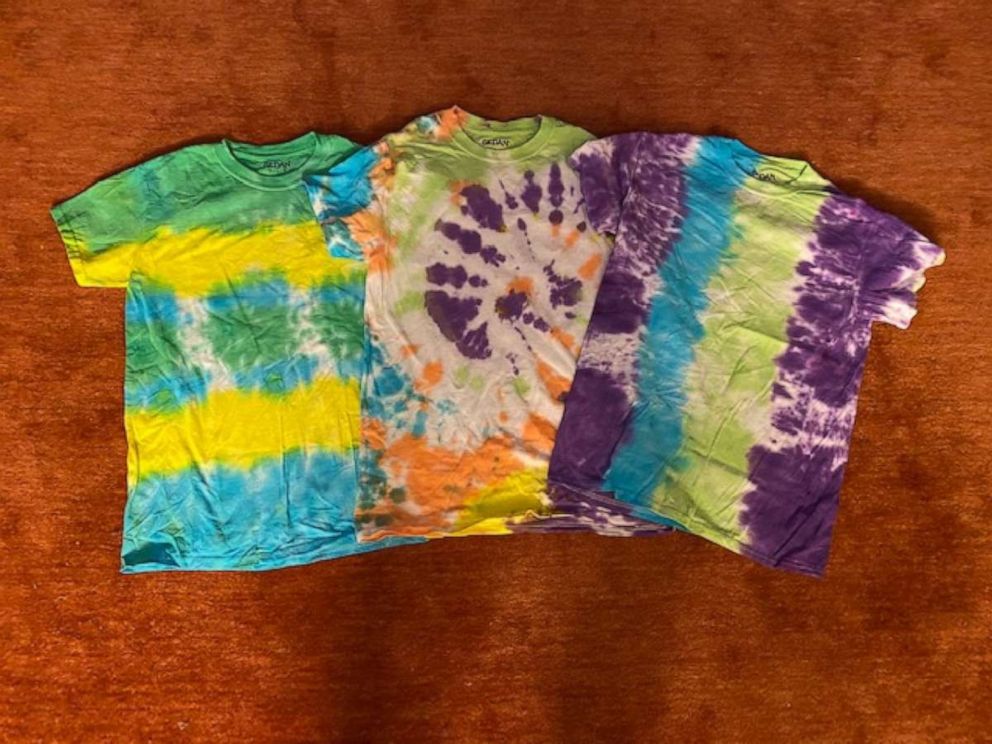
One tip: Try to think about the design you want before you get started, such as vertical versus horizontal stripes versus spirals.
Another tip: Make sure you wash the cotton shirt first and keep it damp before you dye it so that the color absorbs well.
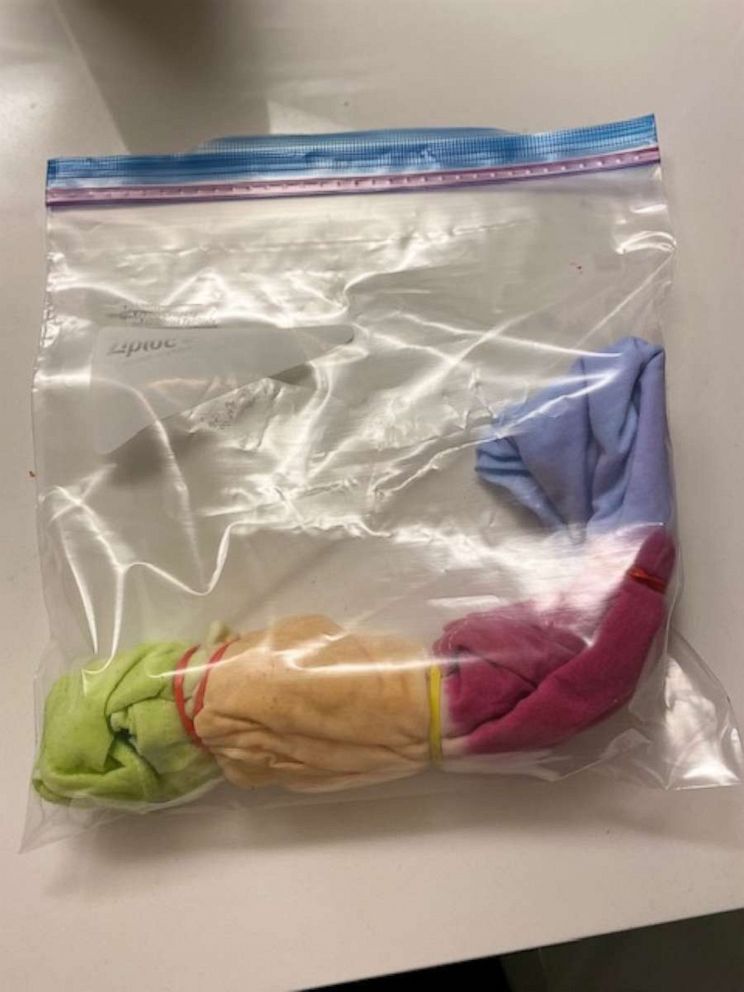
Color placement is also important, so be aware that placing two dark colors next to each other tends to get "muddy" or just turn into a brown or splotchy purple.
2. Upcycle
What you'll need:
Old sweatshirt
Rit dye
Hot water
Rubber bands
Plastic bag
How to do it:
We all have that one item that's lost its luster, so instead of getting rid of it, breathe new life into it with tie-dye.
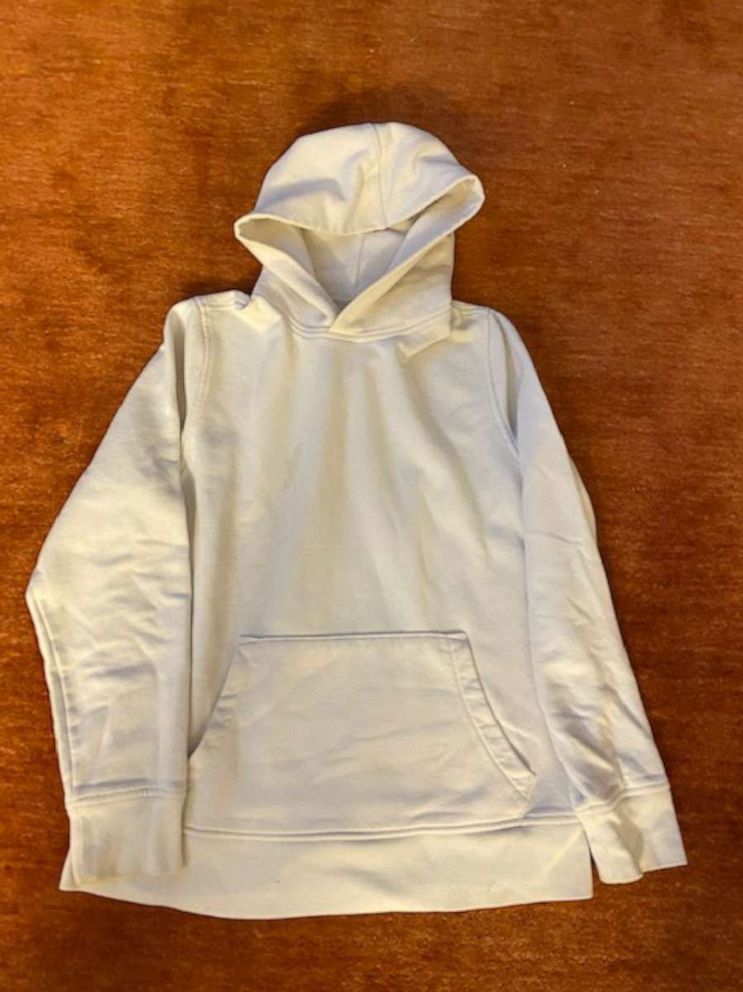
For this one, Bergamotto used Rit dye instead of a kit, as it allows you to focus on the color or colors you love. Just make sure that the one you choose is an all-purpose dye that will work with cotton.
Read the directions for measurements and follow the same routine as you would for the kit by wrapping the garment in plastic and letting it sit for at least eight hours.
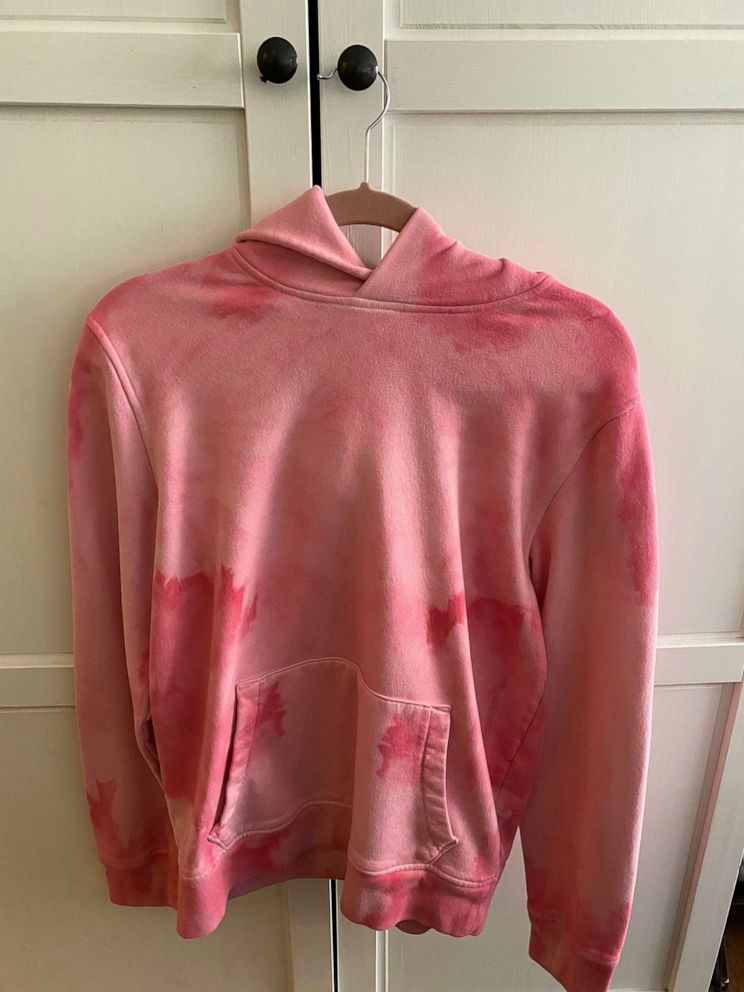
3. Reverse tie-dye with bleach
What you'll need:
Bleach
Dark cotton tees
Rubber bands
Zip-top bag
Spray bottle
How to do it:
When you take a garment that's already dyed and you add bleach to it, you're taking the color out, while with the dyes, you're adding color to a garment. The reason that's important to remember, is because you can be much less precise with bleach.
Put one part bleach to one part water in a spray bottle to make the solution. Make sure the clothing item is damp so that you wind up with a grayish color where the solution is sprayed. If you leave the garment to dry, you'll wind up with a more orange-ish color. Bergamotto likes to put the garment in a zip-top bag to minimize the spread of the bleach.
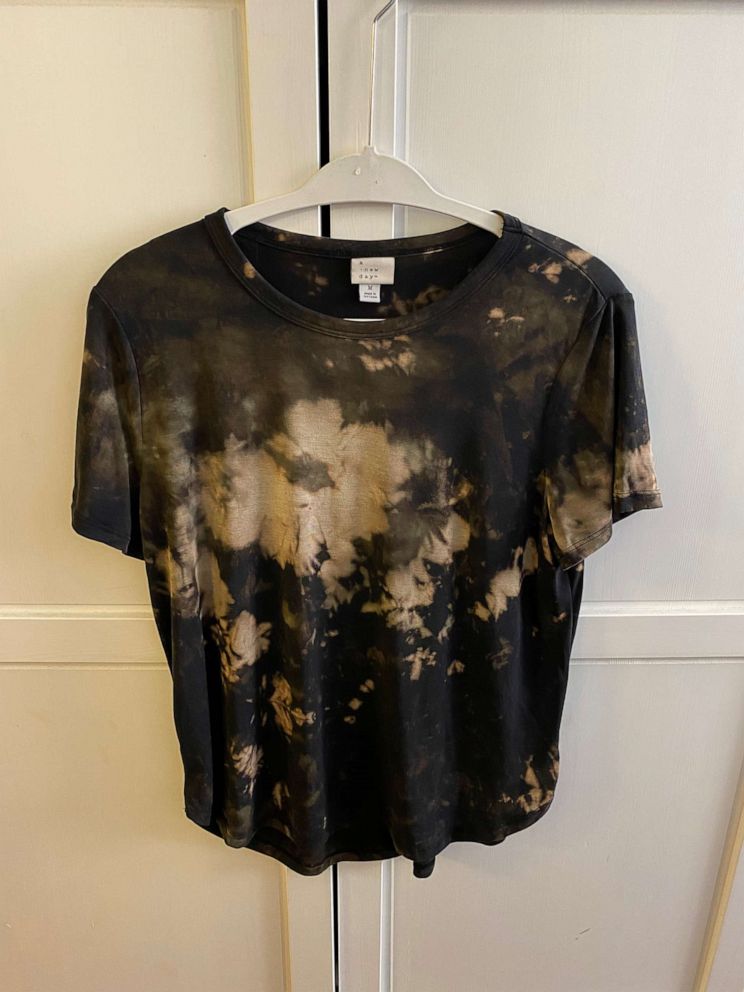
Also note that this process should be done outside in a well-ventilated area or while wearing a mask. Bergamotto says she'd skip this one with kids. Leave the garment inside the bag for at least eight hours. Once you've done that, make sure you rinse it thoroughly in the sink or in the tub to get all the bleach out.
4. Try this natural vegetable dyes
What you'll need:
Onion skins (for orange)
Red cabbage (for blue)
Beets (for red)
Spinach or parsley (for green)
Water
Salt
Rubber bands
Plastic bags
How to do it:
To make natural dye, blend two cups of vegetables, two cups of hot water and a tablespoon of salt in a blender until it becomes a liquid. Strain it and let it cool down. Use it as you would a regular dye.
For the onion skins, use the skin of two or three onions and simmer them in a pot of water for about one hour until you get the desired intensity of orange you want. Remove skins from the pot. Once it cools, you have a beautiful pale citrus dye.
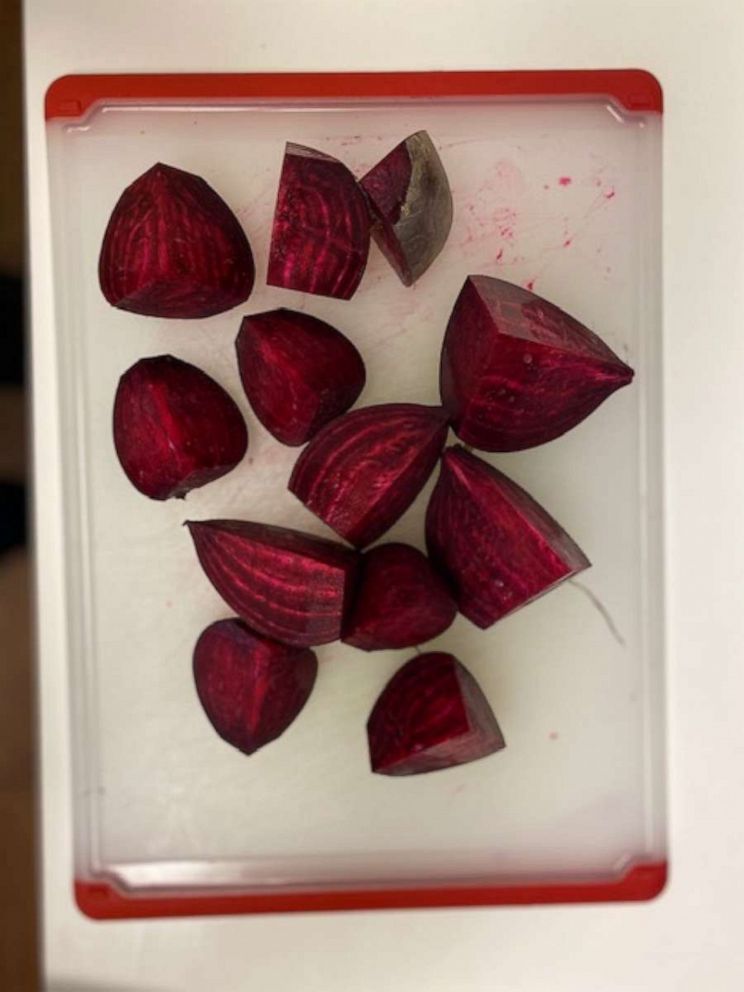
Keep in mind that the veggie dyes will give you a more pastel-ish hue than the others. And, you should only hand wash these garments, as putting them in the dishwasher could ruin all your hard work.
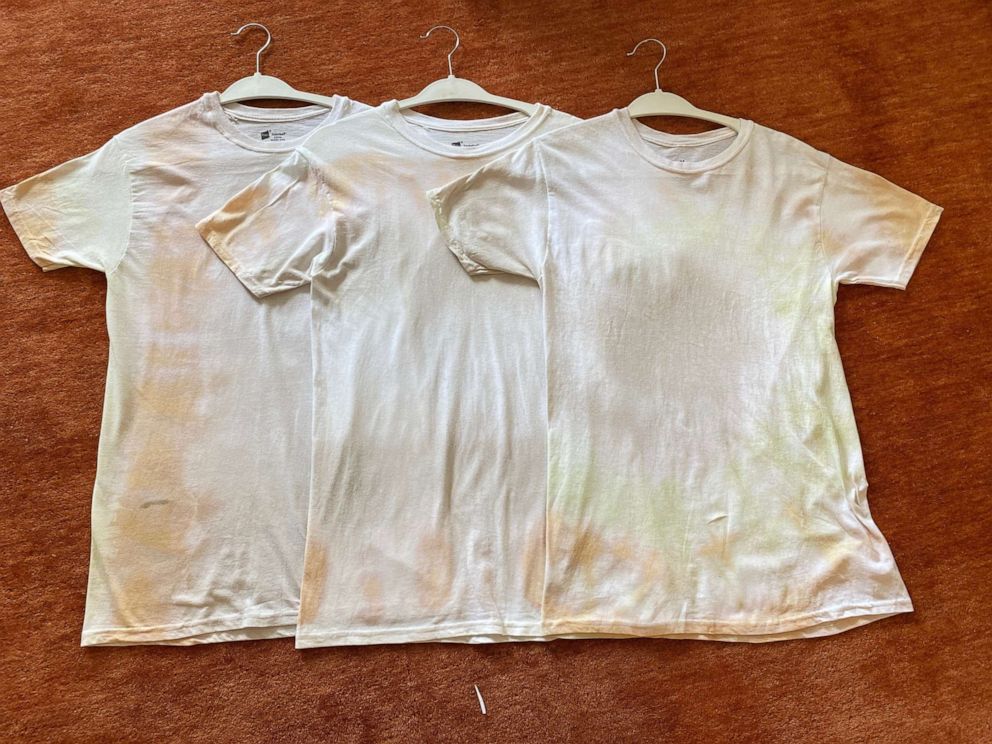
Happy tie-dying!




